For Product Registration and general enquires please contact us
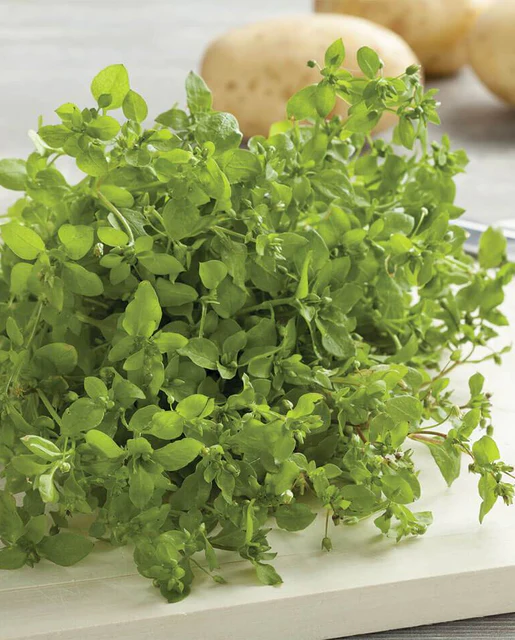
Stellaria Organic
$9.99 – $139.99
That’s right — the chickweed that gardeners love to hate is also a very edible and tasty salad green. Packed with vitamins, minerals, and protein, this is one of the tastiest and most succulent of all the wild greens.
Shipping & Returns
West Coast Seeds ships anywhere in North America. However, we are not able to ship garlic, potatoes, asparagus crowns, bulbs, onion sets, Mason bee cocoons, or nematodes outside of Canada. We regret, we cannot accept returns or damages for orders outside of Canada. The minimum shipping charge to the US is $9.99.
Description
More details about Stellaria Organic
Stellaria media. CERTIFIED ORGANIC! That’s right — the chickweed that gardeners love to hate is also a very edible and tasty salad green. Packed with vitamins, minerals, and protein, this is one of the tastiest and most succulent of all the wild greens. Take three cuttings or more from each sowing, or use it as a cover crop — it breaks down as quickly as buckwheat to enrich the soil. Add a handful of Stellaria Organic chickweed to salads, or try some in a sandwich to add the texture of watercress without the peppery heat. It works very well in containers, too. Matures in 45 days. (Open-pollinated seeds)-
- Certified organic seeds
- Succulent and tasty
- Very nutritious
- Grows well in containers
All About Stellaria Organic
Difficulty
Easy
We Recommend:
West Coast Market Mix (MS489) isn’t just for the West Coast. It’s a fast-growing blend of lettuces, chicories, arugula and herbs intended to be harvested as baby greens. Tasty! Enjoy repeated harvests of crisp and succulent salad greens. For Urban Gardeners: City Garden Blend (LT450) is lovely. Several different seeds are pelleted together, so you only need to plant three or four pellets in a 3 to 5 gallon container. Watch as a beautiful selection of different green and red lettuces grows in, and then start harvesting! This blend requires very little space, and can be accomplished on a sunny windowsill.
Season & Zone
Season: Cool season
Exposure: Full sun to partial shade
Timing
Seed every three weeks from just before the last frost date until the end of summer for a continuous harvest. Provide frost protection with a cloche or heavy row cover when frost looms in the fall. Many mesclun types and mixes will continue to grow all winter where winters are mild.
Starting
Plant in a block or in a wide row. Sprinkle the seeds evenly over prepared, moist soil. Try to space seeds about 1cm (½”) apart. Cover lightly with soil, and firm them in. Four grams of seed will plant a 12m (40′) row that is 7cm (3″) wide, so don’t plant the whole packet at once. For container growing, choose containers that are at least 10cm (4″) deep. Wider is better. The most common mistake is over-planting.
Growing
Moderately fertile soil – particularly if you’re planning mutliple harvests. Dig in 1 cup of complete organic fertilizer for every 3m (10′) of row. For containers, use peat or coir based mix with compost added. Water regularly. If growth slows after harvest, use a bit of kelp or fish based fertilizer to provide a boost of nutrition for the next growth spurt.
Harvest
There are two methods of gathering salad greens. You can use scissors to cut everything about 2-5cm (1-2″) from the ground, when the plants are about 10-15cm (3-4″) tall. Or, you can pick individual leaves as they’re needed. The first cutting may contain more brassicas than lettuces (arugula, mizuna) but if you cut the mix back when the leaves are still small, the lettuce will catch up. The salad greens will regrow for a second harvest in another 2 or 3 weeks.
Diseases & Pests
Slugs love baby greens and flea beetles love brassica leaves.






How to Grow Salad Greens

Step 1: Timing
Seed every three weeks from just before the last frost date until the end of summer for a continuous harvest. Provide frost protection with a cloche or heavy row cover when frost looms in the fall. Many mesclun types and mixes will continue to grow all winter where winters are mild.
Step 2: Starting
Plant in a block or in a wide row. Sprinkle the seeds evenly over prepared, moist soil. Try to space seeds about 1cm (½”) apart. Cover lightly with soil, and firm them in. Four grams of seed will plant a 12m (40′) row that is 7cm (3″) wide, so don’t plant the whole packet at once. For container growing, choose containers that are at least 10cm (4″) deep. Wider is better. The most common mistake is over-planting.
Step 3: Growing
Ideal pH: 7.0 Moderately fertile soil – particularly if you’re planning multiple harvests. Dig in 1 cup of complete organic fertilizer for every 3m (10′) of row. For containers, use peat or coir based mix with compost added. Water regularly. If growth slows after harvest, use a bit of kelp or fish based fertilizer to provide a boost of nutrition for the next growth spurt.
Step 4: Germination
Days to maturity: From direct sowing.
Step 5: Harvest
There are two methods of gathering salad greens. You can use scissors to cut everything about 2-5cm (1-2″) from the ground, when the plants are about 10-15cm (3-4″) tall. Or, you can pick individual leaves as they’re needed. The first cutting may contain more brassicas than lettuces (arugula, mizuna) but if you cut the mix back when the leaves are still small, the lettuce will catch up. The salad greens will regrow for a second harvest in another 2 or 3 weeks.
Tips!
Disease & Pests: Slugs love baby greens and flea beetles love brassica leaves.Additional information
| Matures | in 45 days |
|---|---|
| Season | Cool season |
| Exposure | Full-sun to partial shade |
| Quantity | 0.25g, 1g, 5g, 25g |
You must be logged in to post a review.




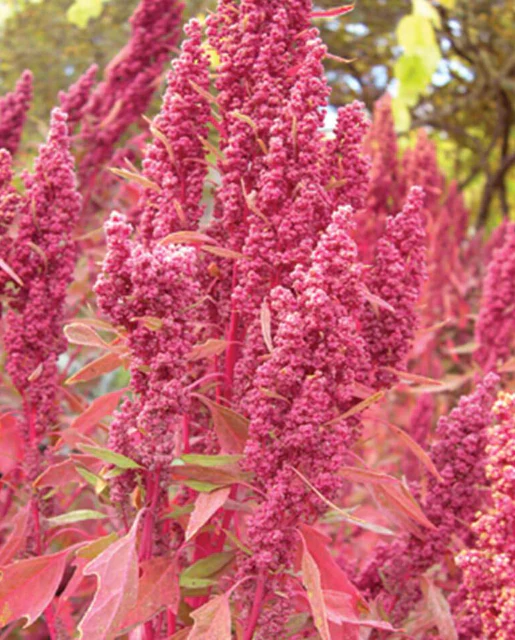
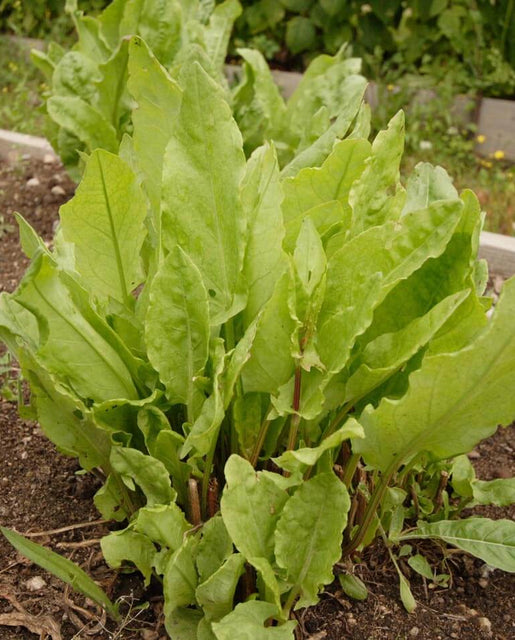
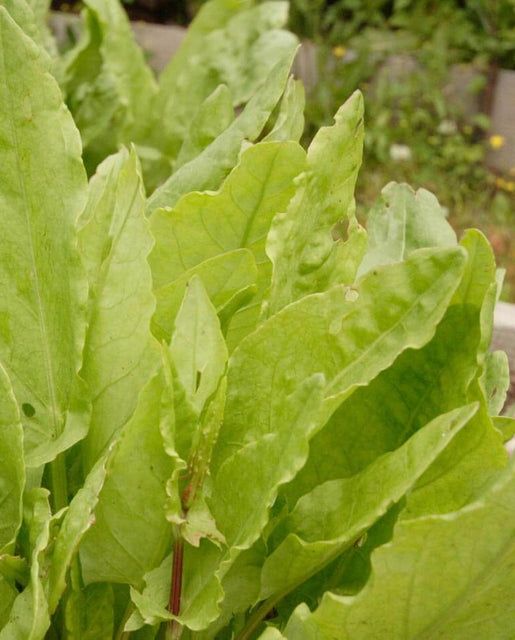
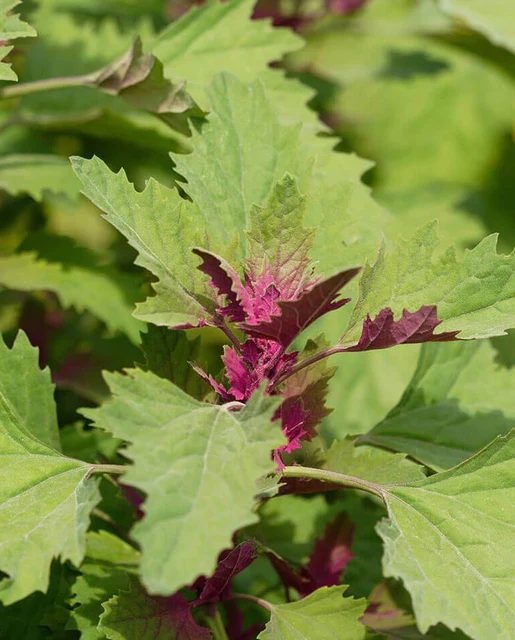
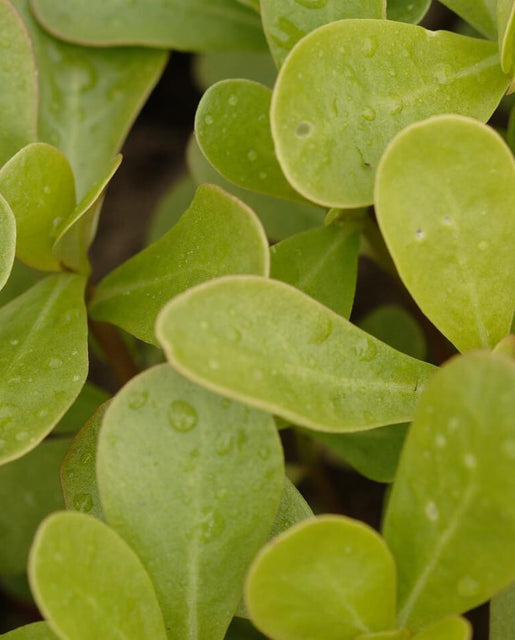
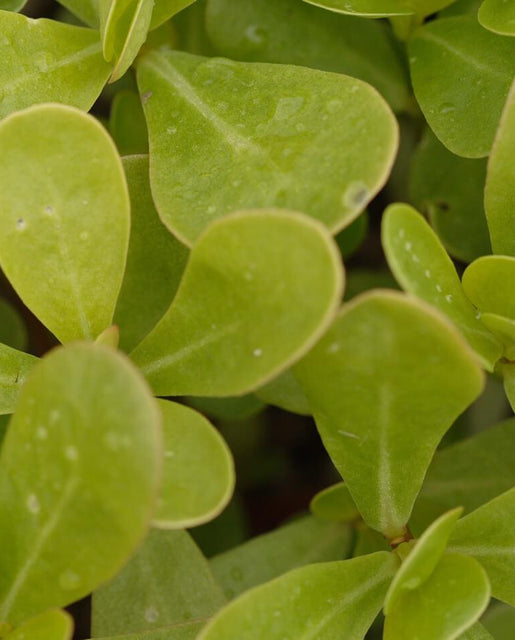




Reviews
There are no reviews yet.